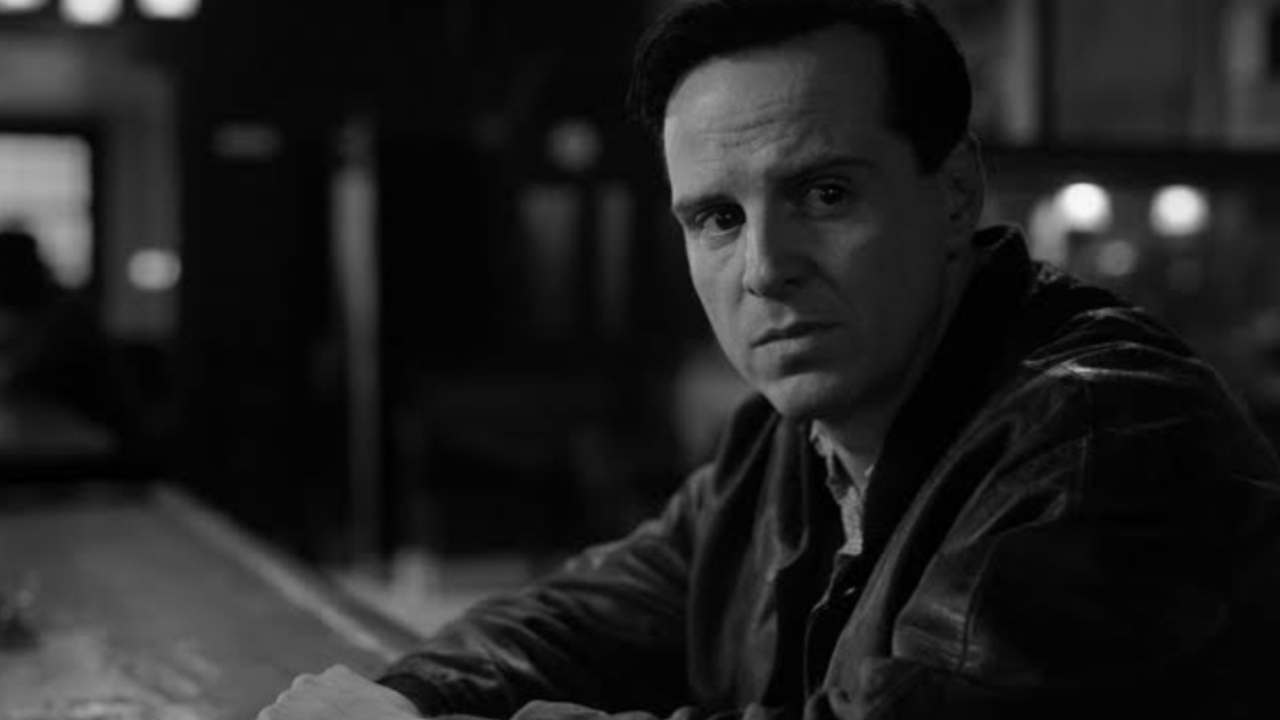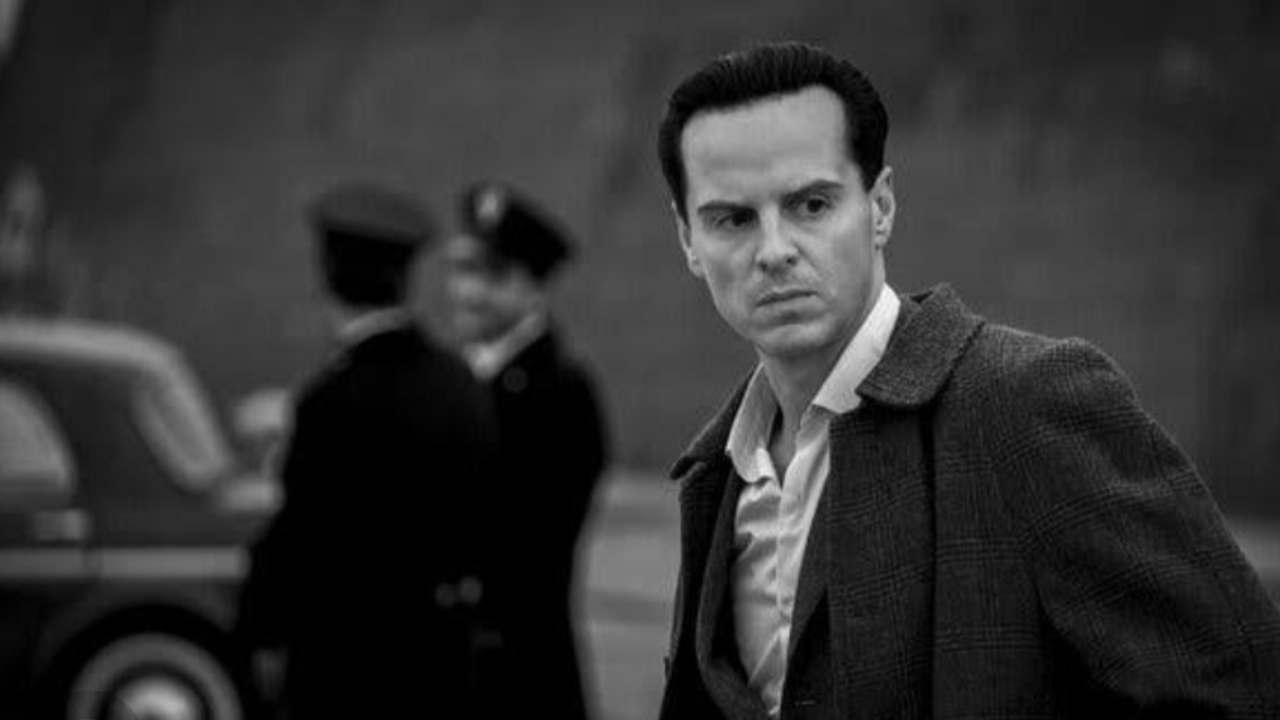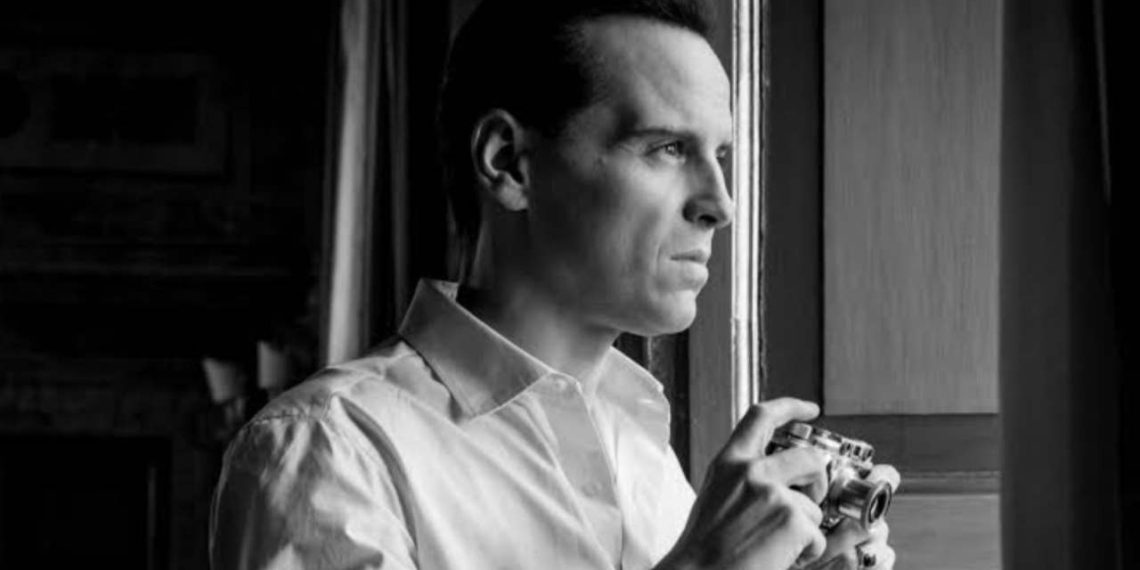Did you watch ‘Ripley”, streaming on Netflix? If not, you are exactly at the right place.
Patricia Highsmith’s iconic 1955 crime novel, “The Talented Mr. Ripley,” stands as a pinnacle in the realm of thrillers. Its legacy extends through various cinematic adaptations, notably Anthony Minghella’s acclaimed 1999 film starring Matt Damon and Jude Law.
With the inevitable transition to the streaming era, Showtime’s sale of “Ripley” to Netflix paved the way for a series adaptation, featuring Andrew Scott embodying the enigmatic titular character.
Helmed by Academy Award-winning writer-director Steven Zaillian, known for masterpieces like “Schindler’s List” and the acclaimed 2016 HBO series “The Night Of,” this rendition offers a fresh take on the psychological thriller genre.
However, unlike its predecessors, this iteration of “Ripley” delves deeper into twisted and disturbing themes, resulting in a narrative that feels more sinister and disconcerting.

The show’s atmosphere is one of unease, making it a challenging watch rather than an amazing one.
Filmed in stunning black and white, “Ripley” commences in Rome, 1961, with a chilling scene of a man hauling a lifeless body down a marble staircase.
However, the true narrative unfolds six months earlier, amidst the gritty backdrop of New York’s Lower East Side. Contrary to its modern-day depiction, this area harbors a less glamorous side, populated by unsavory characters.
Within a cramped, rodent-infested apartment, the audience is introduced to Ripley, a small-time thief who swindles chiropractic patients for a living.
Just as his schemes begin to falter, a fateful encounter presents him with an opportunity that will irrevocably alter his destiny.
In a chance encounter at a bar, he is mistaken for a friend of a wealthy client’s son by a private investigator (portrayed by the underutilized Bokeem Woodbine).
Soon after, Tom finds himself on a voyage to Italy, tasked with luring his supposed “friend,” Dickie Greenleaf (played by Johnny Flynn), back to his concerned parents in America.

Viewing the all-expenses-paid trip and the Greenleafs’ opulent lifestyle as his ticket to the prosperity he craves, Tom starts a treacherous journey marked by deception, treachery, and ultimately, murder.
Although visually gaining, “Ripley” falls short in its inaugural episode, revealing flaws from the outset. The decision to portray characters older than in previous adaptations raises eyebrows, as it strains credibility that the Greenleafs would entrust a stranger with the task of locating their adult son.
Also, Tom’s detached demeanor fails to sell the necessary affection or familiarity required to execute his deception convincingly.
While Dickie, an amateur painter, welcomes Tom warmly, his girlfriend Marge (portrayed by Dakota Fanning) remains skeptical of Tom’s supposed acquaintance.
Her instincts prove correct, as by the end of the first chapter, titled “A Hard Man to Find,” Tom begins plotting to assume Dickie’s luxurious lifestyle for himself.
However, Tom’s lack of charm is difficult to reconcile. Despite his cunning intellect and ability to detail through tricky situations, his sociopathic personality and absence of humanity render “Ripley” a bleak and discomforting viewing experience.
Nevertheless, the series showcases breathtaking cinematography, featuring lingering shots of Italy’s iconic landmarks, canals, and architecture.
Yet, episodes suffer from excessive length and periods of inertia. With Tom often alone, either scheming or tidying up his gruesome endeavors, viewers endure tedious stretches of watching him engage in mundane tasks like forging documents or disposing of evidence.
Moreover, while Tom’s narcissism and lack of interpersonal skills are evident, Dickie and Marge are hardly more compelling.
Dickie comes across as aloof and naive, a privileged individual who falls prey to Tom’s manipulation too easily.
While sympathetic to Dickie’s plight, his lack of discernment makes him a pitiable target. Conversely, despite Marge’s initial skepticism towards Tom, her character arc ultimately disappoints, as she allows herself to be swayed by perceived rejection from Dickie, lacking substantial depth.
More About Ripley
“Ripley” falters primarily due to Tom’s lack of charm and allure. The absence of the homoerotic tension, present in Minghella’s film, is particularly disappointing considering Scott’s previous roles have exuded sensuality.
Highsmith’s subsequent novels, featuring Tom’s exploits across Europe, might have provided a better fit for Scott’s portrayal of a matured and seasoned con artist.
Additionally, exploring Tom’s troubled upbringing through flashbacks could have enriched the narrative, adding depth to his character.
Ultimately, “Ripley” falls short of offering a fresh or gaining perspective on the iconic scammer.
Unlike previous adaptations that drew viewers in with Tom’s amazing schemes, the series fails to deliver a compelling transformation arc for its protagonist.
Throughout eight lackluster episodes, Tom remains a grating and unrefined hustler, devoid of the finesse that made him intriguing in other portrayals.




